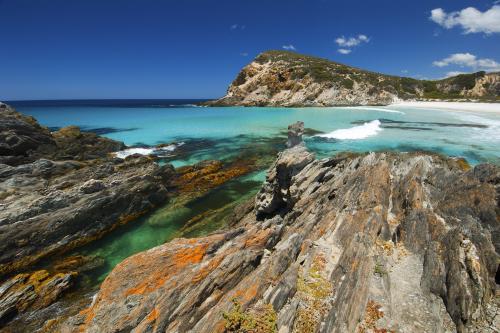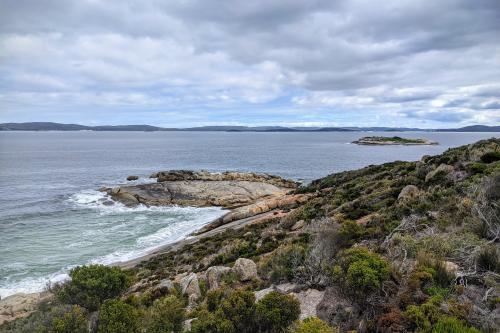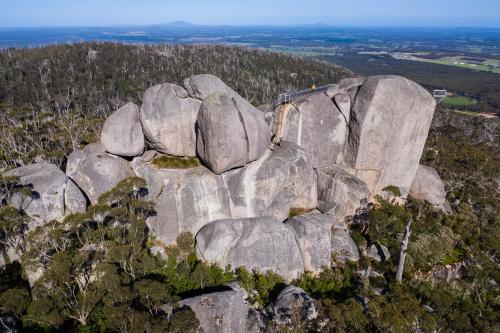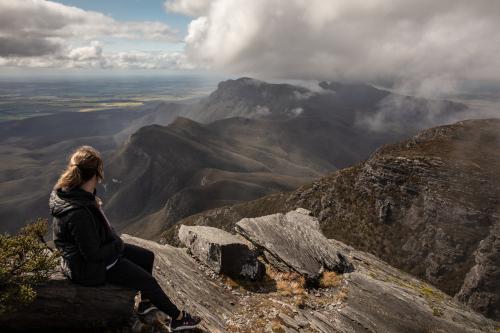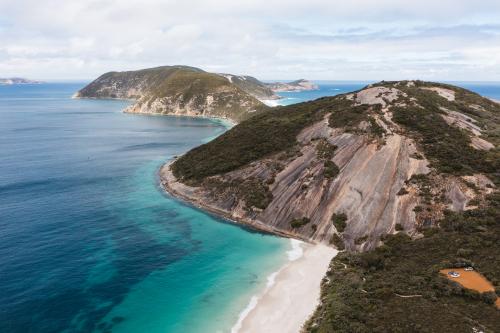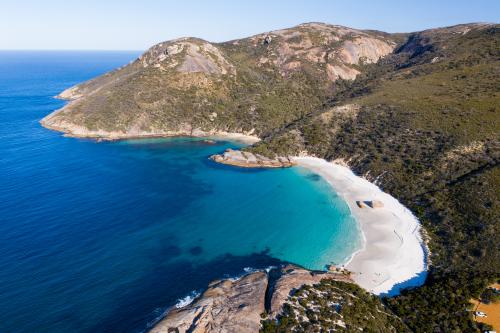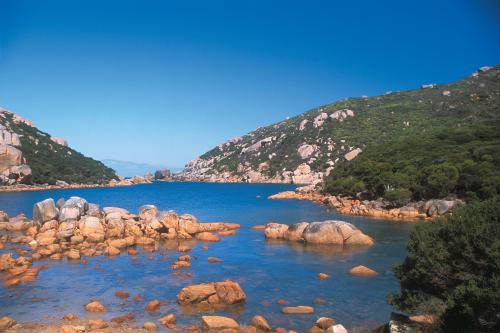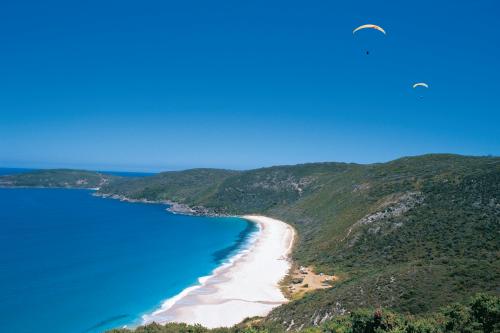Destination information
This is the region where the Southern Ocean in all its powerful beauty crashes against dramatic cliffs and rock formations that nearly pre-date all life on Earth. Turn a corner and you will find that it has been subdued by a beautiful cove with squeaky white sand. Whales, dolphins and seals can be seen frolicking in waters off the coast. The scenery transforms as you move inland to vast mountain ranges, wilderness and country towns with history, character and charm. Be sure to visit one or all of these places in Australia's South West.
Drinking water
Drinking water is not available in most of the parks and visitors are encouraged to take enough for their own use.
Phytophthora Dieback
Some of the areas are Disease Risk Areas, which has to do with the preventing the spread of the plant disease Phytophthora Dieback (Phytophthora cinnamomi). More information on Dieback can be found here. Cars and bicycles are not allowed in Disease Risk Areas and walkers need to ensure that their shoes are cleaned before and after visiting these areas.
Bushfires
There is also an increased chance of forest fires in the region in the hot summer months. Read information on what to do if you encounter a bushfire.
Nature’s Calendar
June – December: Whale watching.
Mid-August – mid-November: Wildflowers.
Climate
The parks remain open throughout the year but, it can be extremely hot from November to April and this is bushfire season: parks, roads and recreation sites may have to be temporarily closed and events cancelled without notice. It can get very cold at night during winter and this is when the region experiences most of its rainfall. Go to the Bureau of Meteorology for more climate and weather information. Visit Park Alerts before you go for all park, road, track and trail closures.
Commercial operators are licensed to provide a range of tours including nature and sightseeing tours. Search for tours at Tourism Western Australia.
